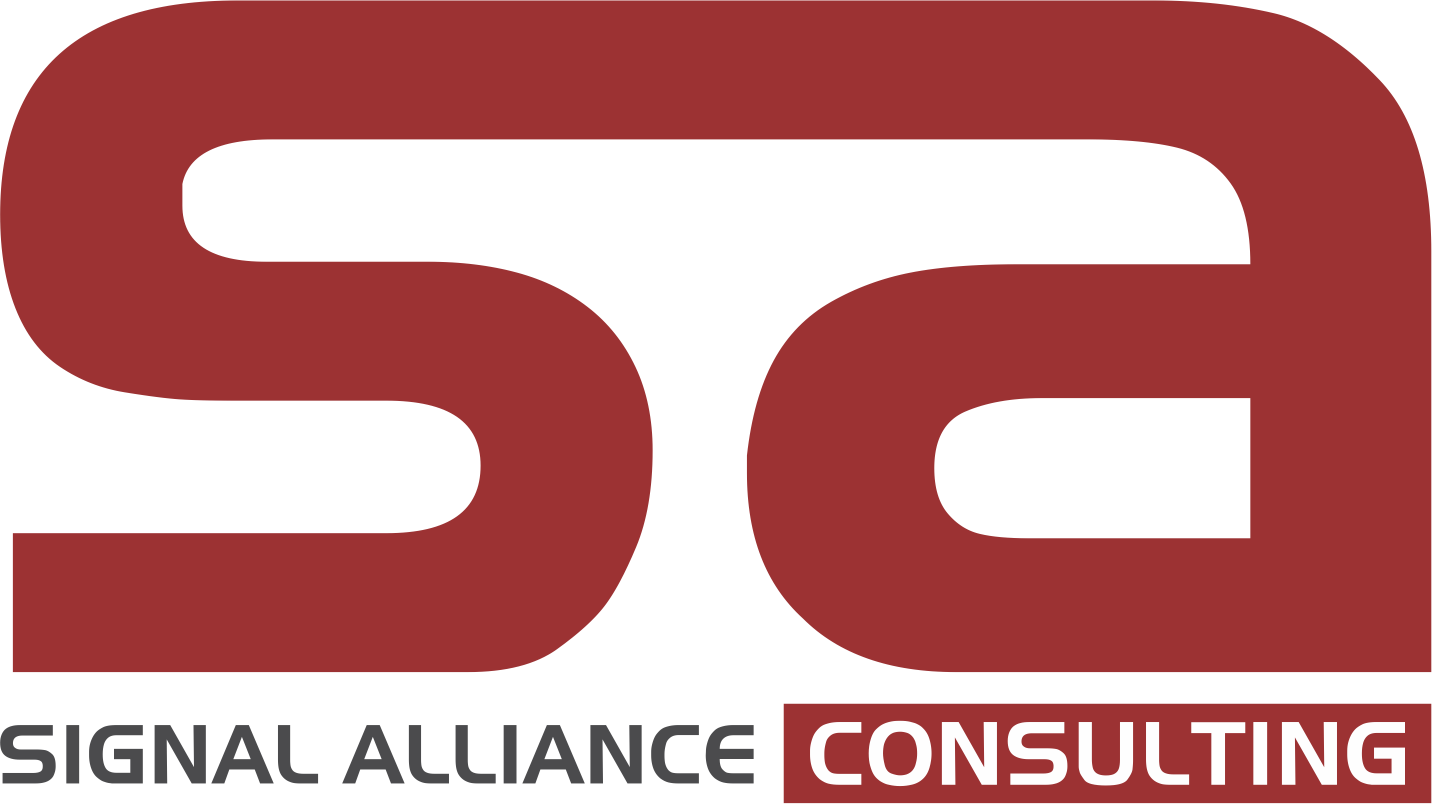As organizations embrace the advantages of cloud computing, a secure and seamless migration process becomes paramount. Migrating to the cloud offers scalability, cost-efficiency, and increased agility. However, it also introduces potential security risks if not executed with caution. In this blog post, we will outline essential steps to ensure a secure cloud migration process, safeguard your digital transformation, and protect sensitive data.
Define a Comprehensive Cloud Migration Strategy:
Before initiating the migration process, develop a well-defined strategy that aligns with your organization’s goals and security requirements. Consider factors such as the type of cloud deployment (public, private, or hybrid), compliance regulations, and the sensitivity of data being migrated. Establish clear objectives, timelines, and performance indicators to measure success throughout the process.
Identify and optimize your cloud migration strategy:
A lot of organizations are currently considering the shift to the cloud, while others will rather have a hybrid system where part of their workload is on-premises and the other part in the cloud. The current global crisis of cyber-attacks and threats has forced organizations to move their workload to the cloud and improve their cloud maturity. If you’re skeptical about your journey to the cloud or your journey has been slow – it’s time to rethink your strategy for the migration of your applications and data and outline a path that gets you further, faster. Moving your workload to the cloud is a means to an end, but it will not automatically make you more agile. It’s also important to choose the right cloud model – navigate hybrid and multi-cloud strategies to the get cloud the way you want it and optimize as you go.
Conduct a Thorough Risk Assessment:
Perform a comprehensive risk assessment to identify potential vulnerabilities and threats associated with cloud migration. Evaluate your existing IT infrastructure, applications, and data assets. Assess the impact of potential risks and determine the necessary safeguards to mitigate them. This assessment will enable you to prioritize security measures and allocate appropriate resources.
Choose a Reliable Cloud Service Provider:(cloud Migration)
Selecting a reputable cloud service provider (CSP) is crucial for ensuring the security of your migration. Evaluate different providers based on their security certifications, compliance standards, data encryption capabilities, and disaster recovery plans. Thoroughly review their service level agreements (SLAs) to understand their responsibilities and liabilities regarding data protection. Engage in open communication with potential CSPs to clarify any security concerns and ensure they align with your organization’s requirements.
Implement Robust Identity and Access Management (IAM):
A solid IAM strategy is essential for maintaining control and securing access to cloud resources. Implement strong authentication mechanisms, such as multi-factor authentication (MFA), to ensure that only authorized individuals can access sensitive data and applications. Establish appropriate access controls, user roles, and permissions, regularly reviewing and updating them as necessary. Implement centralized identity management systems for efficient user provisioning and de-provisioning.
Encrypt Data in Transit and at Rest:
Data encryption is vital to protect information while it’s being transmitted and when stored in the cloud. Utilize encryption protocols such as Secure Sockets Layer/Transport Layer Security (SSL/TLS) for securing data in transit. Additionally, encrypt sensitive data at rest within the cloud environment. Employ robust encryption algorithms and ensure the encryption keys are securely managed and rotated regularly. This safeguards data from unauthorized access, even if a breach occurs.
Implement Network Security Measures:
Strengthen network security to protect your cloud infrastructure from malicious activities. Implement firewalls, intrusion detection and prevention systems, and robust network segmentation to control traffic flow and prevent unauthorized access. Apply security patches and updates regularly to address known vulnerabilities. Use virtual private networks (VPNs) to establish secure connections between on-premises infrastructure and the cloud environment.
Conduct Thorough Testing and Monitoring:
Thoroughly test your cloud environment before, during, and after migration to identify and rectify any security gaps. Perform vulnerability assessments, penetration testing, and security audits to identify vulnerabilities and ensure compliance with security standards. Implement real-time monitoring and robust logging mechanisms to detect and respond to any suspicious activities promptly. Continuously monitor and review security controls to adapt to evolving threats.
A secure cloud migration process is essential for a successful digital transformation journey. By following these crucial steps, organizations can mitigate potential security risks and protect sensitive data throughout the migration process. From formulating a comprehensive strategy to implementing robust security measures and continuous monitoring, each step plays a vital role in ensuring a secure cloud environment. Prioritizing security from the outset allows organizations to leverage the benefits of cloud computing while safeguarding their critical assets. Contact us today for your Digital Transformation Journey.






